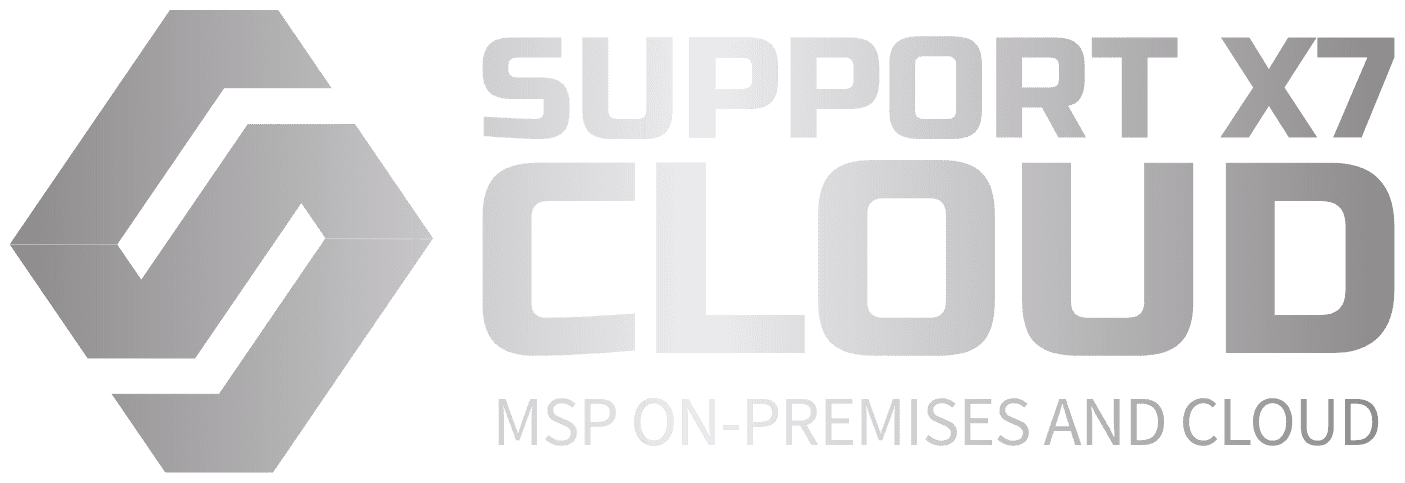
Supporting users at work is critical to maintaining productivity and ensuring smooth operations in an organization. A well-supported workforce can efficiently navigate the tools, systems, and challenges they encounter daily, leading to increased job satisfaction and a higher quality of work. Here’s how we can provide comprehensive support to your users at work:
1. Provide Effective IT Helpdesk Support
- What It Involves: Offering a dedicated IT helpdesk or support team that users can contact when they encounter issues. This can be done through various channels such as email, live chat, phone support, or even in-person assistance.
- How It Helps: A well-organized helpdesk allows users to quickly resolve technical issues, reducing downtime and ensuring they can continue their tasks without prolonged interruptions. Additionally, having clear communication channels ensures users can easily report problems and receive timely assistance.
2. Offer Training and Onboarding
- What It Involves: Providing training programs for new and existing employees on how to use the company’s software, hardware, and systems. Training can be conducted through workshops, video tutorials, online guides, or one-on-one sessions.
- How It Helps: Well-trained employees can resolve minor issues themselves, boosting their confidence and reducing reliance on IT support. Additionally, onboarding training ensures that new employees are equipped to hit the ground running, improving productivity from day one.
3. Maintain and Troubleshoot Workstations
- What It Involves: Regularly maintaining workstations (desktops, laptops, tablets, etc.) to ensure they are functioning optimally. This includes software updates, system checks, troubleshooting, and addressing any hardware issues.
- How It Helps: Preventing technical problems before they occur and resolving issues quickly when they do happen keeps employees focused on their work, rather than dealing with slow or malfunctioning devices.
4. Offer Remote Assistance and Troubleshooting
- What It Involves: For employees working remotely or across multiple locations, offering remote support tools that allow IT professionals to access and troubleshoot issues on user devices without being physically present.
- How It Helps: Remote assistance provides quick solutions to problems regardless of the user’s location, ensuring that remote or hybrid workers are just as supported as those working in-office. This also reduces the time and cost associated with sending someone to a remote location.
5. Monitor and Manage System Performance
- What It Involves: Proactively monitoring company systems and devices for performance issues or potential threats. This includes keeping track of server loads, device health, network performance, and security risks.
- How It Helps: By identifying and addressing performance bottlenecks or security threats early, we can prevent disruptions and ensure that users have the resources they need to complete their tasks efficiently and securely.
6. Provide Software and Hardware Support
- What It Involves: Offering support for both the software tools employees use and the hardware they rely on. This includes troubleshooting application errors, assisting with software installations and configurations, and providing repairs or replacements for malfunctioning hardware.
- How It Helps: Comprehensive software and hardware support ensures employees have access to fully functional tools and systems, which leads to fewer work stoppages and improved productivity.
7. Address Security and Compliance Needs
- What It Involves: Ensuring that employees are aware of and comply with company security policies and that the necessary security measures (e.g., encryption, firewalls, secure access) are in place. Regularly educating users on best security practices and addressing any vulnerabilities.
- How It Helps: By supporting employees with security best practices, we help prevent security breaches, data leaks, and cyberattacks. Proper security measures also foster a sense of trust and protection for both users and the company’s sensitive data.
8. Implement a Knowledge Base or Self-Service Portal
- What It Involves: Creating an internal knowledge base or self-service portal where users can find guides, FAQs, troubleshooting tips, and best practices for using the company’s systems and devices.
- How It Helps: A knowledge base empowers users to resolve simple problems on their own without needing to contact support, saving time for both the employee and the IT team. It also provides a centralized location for important resources and information.
9. Manage User Accounts and Access Rights
- What It Involves: Managing user accounts and access rights to ensure employees have the appropriate permissions to access the systems, data, and tools they need for their job. This includes handling password resets, configuring multi-factor authentication, and ensuring proper access control policies.
- How It Helps: Properly managed accounts and access rights help prevent unauthorized access to sensitive data and ensure that employees have the right tools for their roles. Additionally, it helps minimize security risks by enforcing appropriate access controls and user authentication protocols.
10. Ensure Device Compatibility and Integration
- What It Involves: Ensuring that employees’ devices (whether company-issued or personal devices used under a BYOD policy) are compatible with the software and systems the company uses. This also includes ensuring seamless integration with cloud services and network infrastructure.
- How It Helps: Device compatibility ensures that employees can use the technology they are familiar with, without encountering integration problems that could hinder productivity. It also ensures that employees can work across different systems without compatibility issues.
11. Handle Software Licensing and Updates
- What It Involves: Keeping track of software licenses, ensuring compliance with software vendors, and managing regular software updates and patch installations. This includes verifying that employees are using licensed software and that it’s up to date with the latest patches and security updates.
- How It Helps: Proper software licensing and updates ensure that users are working with legal, secure, and efficient versions of software, minimizing the risk of non-compliance and security vulnerabilities. Timely updates help avoid issues related to software bugs or outdated features.
12. Provide Ongoing Communication and Support
- What It Involves: Maintaining regular communication with employees regarding system changes, new tools, or upcoming IT maintenance. This may include emails, intranet posts, or direct notifications about system outages or updates.
- How It Helps: Transparent communication ensures that employees are aware of any changes or disruptions that might affect their workflow. It also creates a sense of support and engagement, as employees know they can reach out for help whenever needed.
13. Foster a Collaborative Work Environment
- What It Involves: Supporting collaboration tools and platforms that allow employees to work effectively together, whether they are in the same office or working remotely. This includes providing support for email systems, instant messaging tools, video conferencing software, and document sharing platforms.
- How It Helps: Effective collaboration tools empower employees to work seamlessly together, regardless of location. Ensuring these tools are functioning optimally reduces communication barriers and promotes efficient teamwork.
Conclusion: Comprehensive Support for a Productive Workforce
Supporting users at work involves addressing their technical, operational, and security needs in a way that minimizes disruptions and enhances productivity. Whether through responsive IT helpdesk services, training programs, software and hardware support, or ensuring secure and efficient systems, a comprehensive support approach enables employees to work more effectively and with greater confidence. By providing this support, you create an environment where employees can focus on their core tasks, leading to better performance, increased job satisfaction, and ultimately, improved business outcomes.
